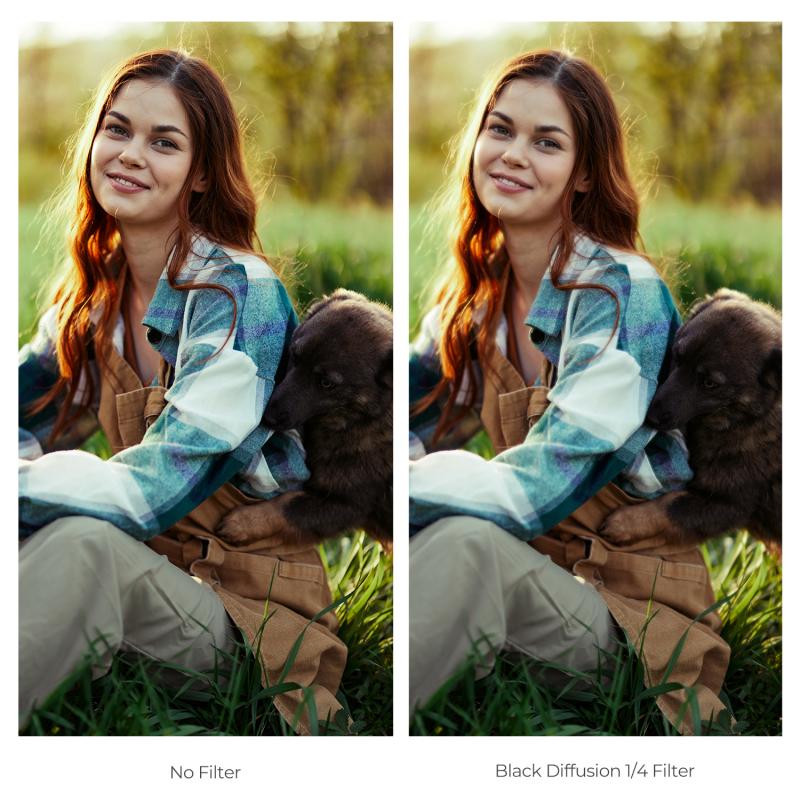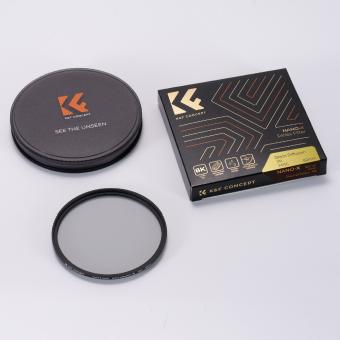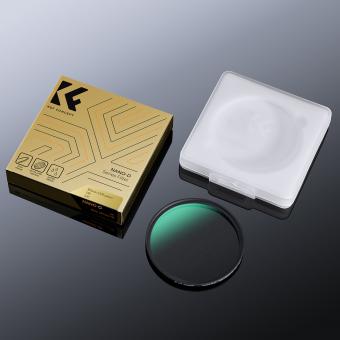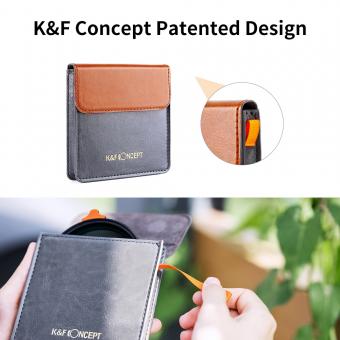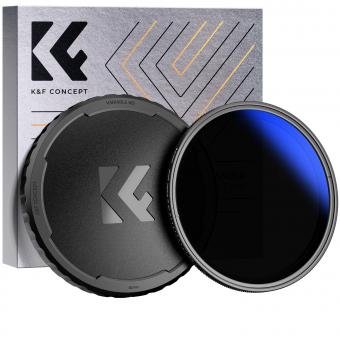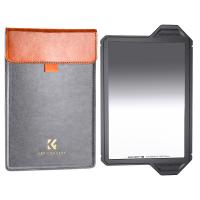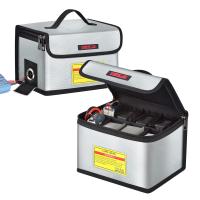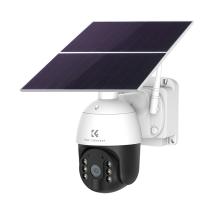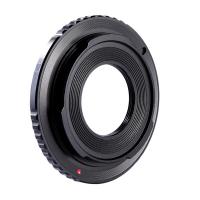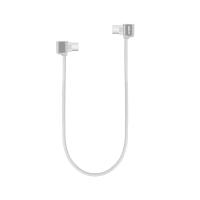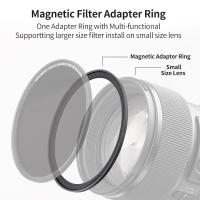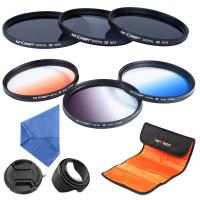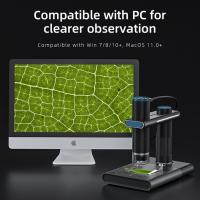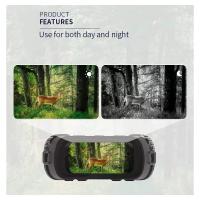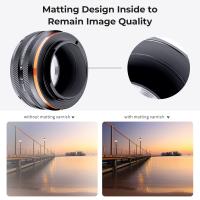How To Choose Graduated Neutral Density Filter ?
When choosing a graduated neutral density filter, consider factors such as the filter's density, size, and type. Density refers to the amount of light the filter blocks, so choose a density that suits your specific needs, such as 1-stop, 2-stop, or 3-stop. The size of the filter should match the diameter of your lens, so check the lens specifications before purchasing. Additionally, consider the type of graduated neutral density filter you prefer, such as a square filter that can be adjusted vertically or a circular filter that is fixed. Ultimately, the choice depends on your shooting style and the specific requirements of your photography.
1、 Understanding the purpose of a graduated neutral density filter
Understanding the purpose of a graduated neutral density (ND) filter is essential before learning how to choose the right one. A graduated ND filter is primarily used in photography to balance the exposure between a bright sky and a darker foreground. It helps to reduce the dynamic range of a scene, allowing for a more evenly exposed image.
When choosing a graduated ND filter, there are a few factors to consider. Firstly, you need to determine the strength of the filter. Graduated ND filters come in different densities, usually measured in stops. The strength you choose depends on the scene you are shooting and the amount of light you need to balance. For example, if you are shooting a sunset with a bright sky and a darker landscape, a filter with a higher density, such as 3 or 4 stops, may be suitable. On the other hand, if the contrast between the sky and the foreground is less pronounced, a filter with a lower density, like 1 or 2 stops, may suffice.
Another factor to consider is the type of filter. Graduated ND filters are available in both rectangular and circular formats. Rectangular filters offer more flexibility as they can be adjusted vertically to align with the horizon, while circular filters are more convenient for quick and easy use.
Additionally, the size of the filter is important. It should match the diameter of your lens or be compatible with your filter holder system. It is advisable to invest in a high-quality filter made from optical glass to ensure minimal distortion and color cast.
Lastly, consider the brand and price. There are various reputable brands that offer graduated ND filters, each with its own characteristics and price range. Researching customer reviews and comparing prices can help you make an informed decision.
In conclusion, understanding the purpose of a graduated ND filter is crucial in choosing the right one. Factors such as filter strength, type, size, brand, and price should be considered to ensure optimal results in balancing exposure and capturing stunning images.
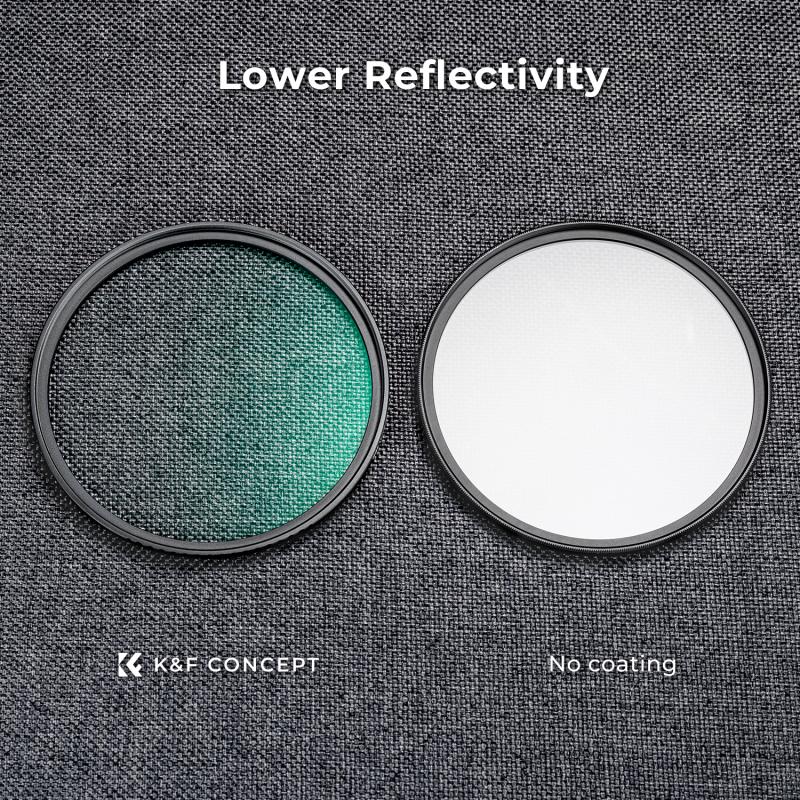
2、 Evaluating the different filter strengths and transitions available
When it comes to choosing a graduated neutral density (ND) filter, there are a few factors to consider. One of the most important aspects is evaluating the different filter strengths and transitions available.
Filter Strengths: Graduated ND filters come in various strengths, typically measured in stops. The strength you choose depends on the amount of light reduction you require. For example, if you are shooting a scene with a bright sky and a darker foreground, you may opt for a stronger filter (e.g., 3-stop) to balance the exposure.
Transitions: Graduated ND filters have different transition types, including hard, soft, and reverse. Hard transitions have a distinct line between the darkened and clear areas, suitable for scenes with a clear horizon. Soft transitions have a gradual blending between the two areas, ideal for scenes with uneven horizons or objects protruding into the sky. Reverse transitions are darker in the middle and gradually become lighter towards the top, useful for capturing sunrises or sunsets.
The latest point of view in choosing a graduated ND filter involves considering the quality of the filter itself. Look for filters made from high-quality materials that minimize color cast and maintain sharpness. Additionally, consider the size of the filter and ensure it fits your lens diameter or invest in a filter holder system that allows you to use the same filter with different lenses.
Ultimately, the choice of graduated ND filter depends on your specific shooting needs and preferences. Evaluating the different filter strengths and transitions available will help you select the most suitable option for capturing stunning landscape or architectural photographs with balanced exposures.
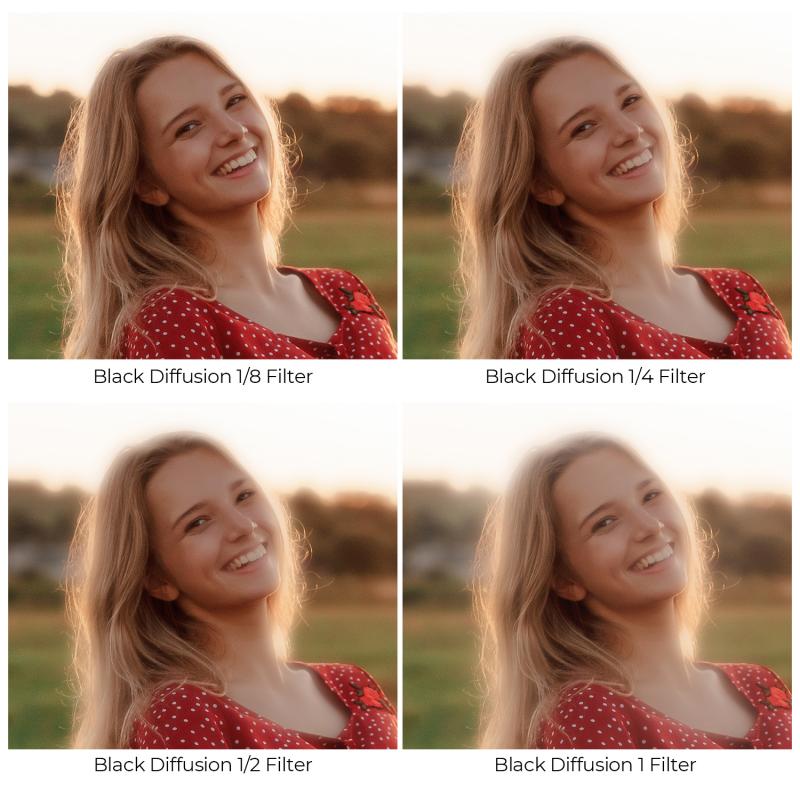
3、 Considering the filter size and compatibility with your lens
When choosing a graduated neutral density (ND) filter, there are a few key factors to consider. One important aspect is the filter size, which should match the diameter of your lens. Most lenses have the filter size indicated on the front, and it is crucial to select a filter that fits properly to avoid any vignetting or light leaks.
Compatibility with your lens is another crucial factor. Different lenses have varying thread sizes, so it is essential to ensure that the filter you choose is compatible with your specific lens model. Some filters come with step-up or step-down rings to accommodate different lens sizes, providing more flexibility.
Additionally, it is worth considering the latest advancements in filter technology. For instance, some filters now feature a magnetic attachment system, which allows for quick and easy installation. This can be particularly useful when working in fast-paced shooting situations or when using multiple filters simultaneously.
Furthermore, the quality of the filter is important. Look for filters made from high-quality materials that minimize color cast and maintain image sharpness. It is also worth considering filters with multiple layers of coating to reduce reflections and improve light transmission.
Lastly, consider the type of graduated ND filter you need. There are different options available, such as hard-edge or soft-edge filters, depending on the scene and the level of transition you desire between the dark and clear areas of the image.
In conclusion, when choosing a graduated ND filter, it is important to consider the filter size and compatibility with your lens. Additionally, staying updated on the latest advancements in filter technology and considering the quality of the filter can help you make an informed decision.

4、 Assessing the quality and reputation of different filter brands
When it comes to choosing a graduated neutral density (ND) filter, there are a few factors to consider. One important aspect is assessing the quality and reputation of different filter brands.
To begin with, it is crucial to research and read reviews about various filter brands. Look for feedback from professional photographers and enthusiasts who have used these filters extensively. Online photography forums and websites like DPReview and Photography Life can provide valuable insights into the performance and reliability of different brands.
Additionally, consider the reputation of the brand in the photography industry. Brands that have been around for a long time and are well-established are often a safer bet. They have likely built a reputation for producing high-quality filters that meet the needs of photographers.
Another aspect to consider is the specific requirements of your photography. Different brands may offer different features and options, such as different levels of light reduction or different transition gradients. Assess your needs and preferences to determine which brand offers the best options for your specific shooting style.
Lastly, keep in mind that the latest point of view can also be important. Technology and manufacturing processes are constantly evolving, so it's worth considering the latest offerings from different brands. Stay updated with the latest reviews and comparisons to ensure you are making an informed decision.
In conclusion, when choosing a graduated ND filter, it is important to assess the quality and reputation of different filter brands. Researching reviews, considering brand reputation, evaluating specific requirements, and staying updated with the latest offerings can help you make an informed decision.
